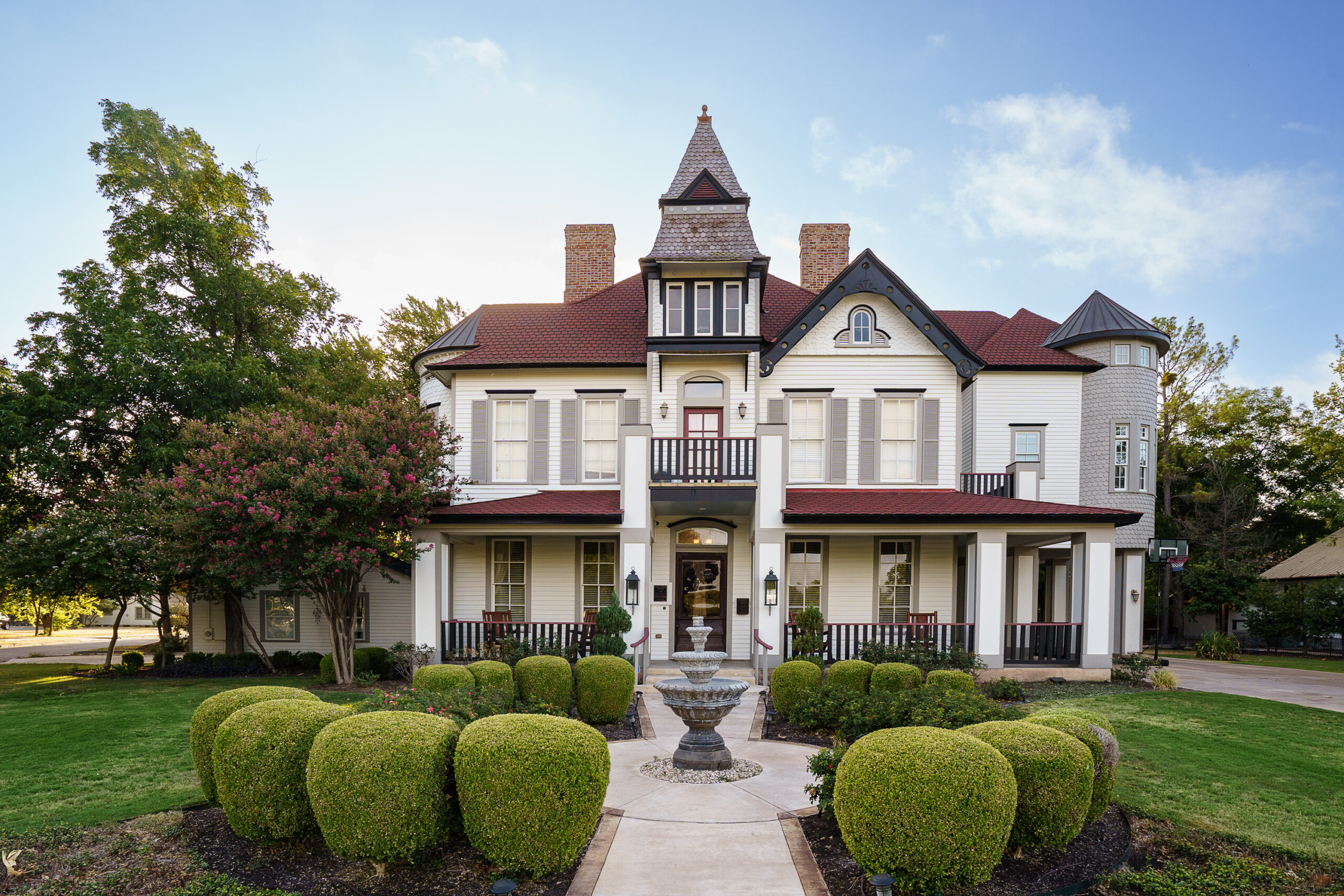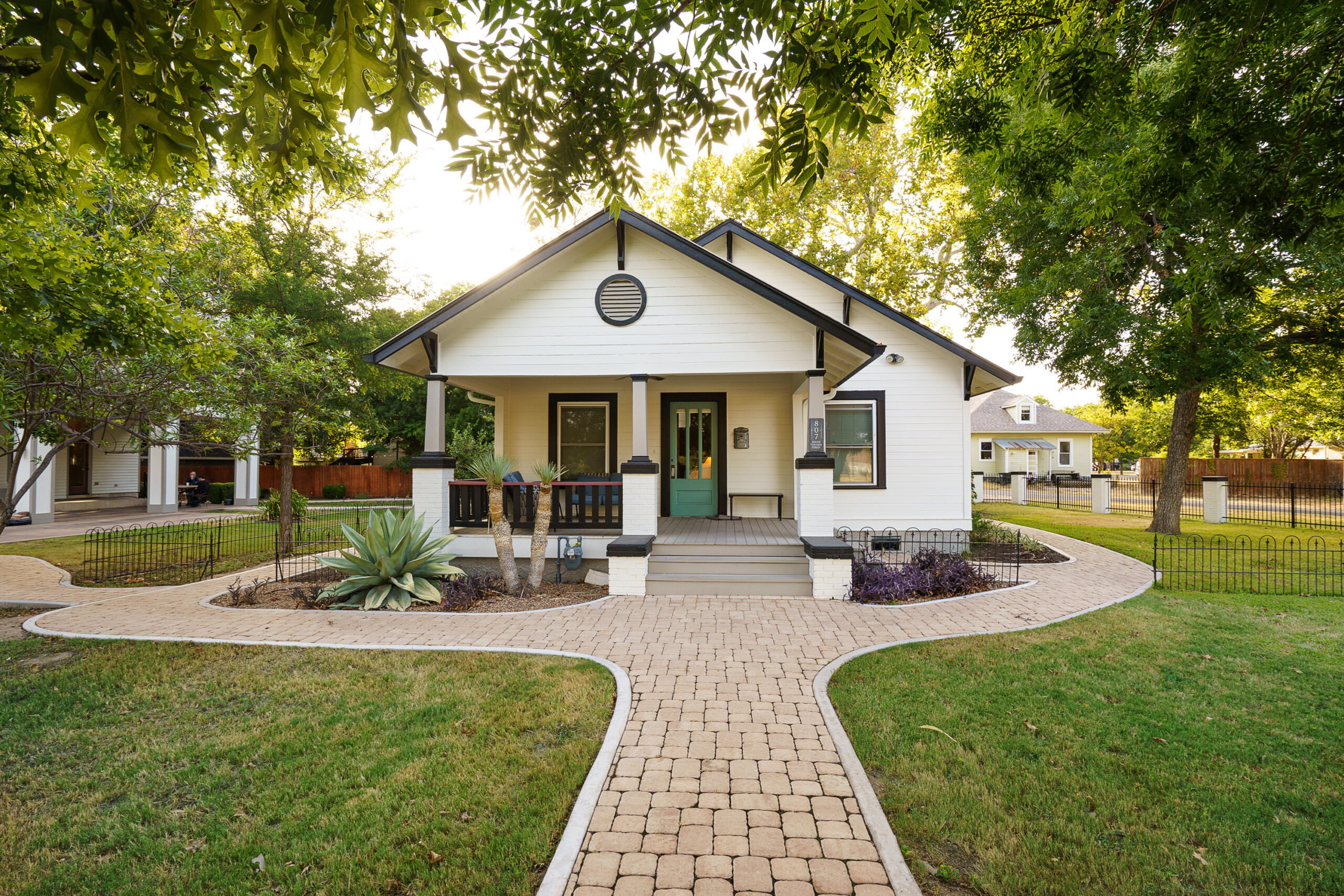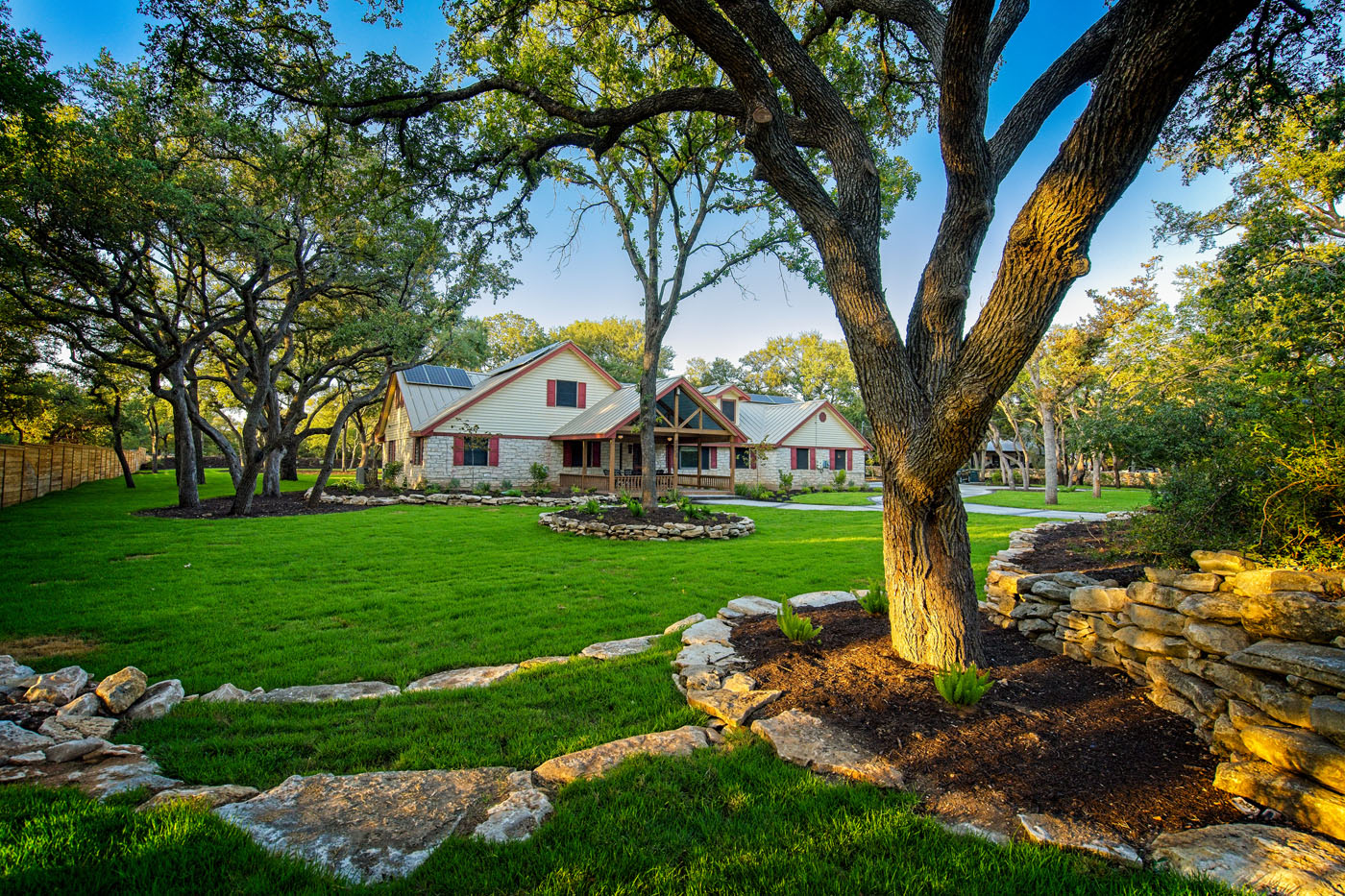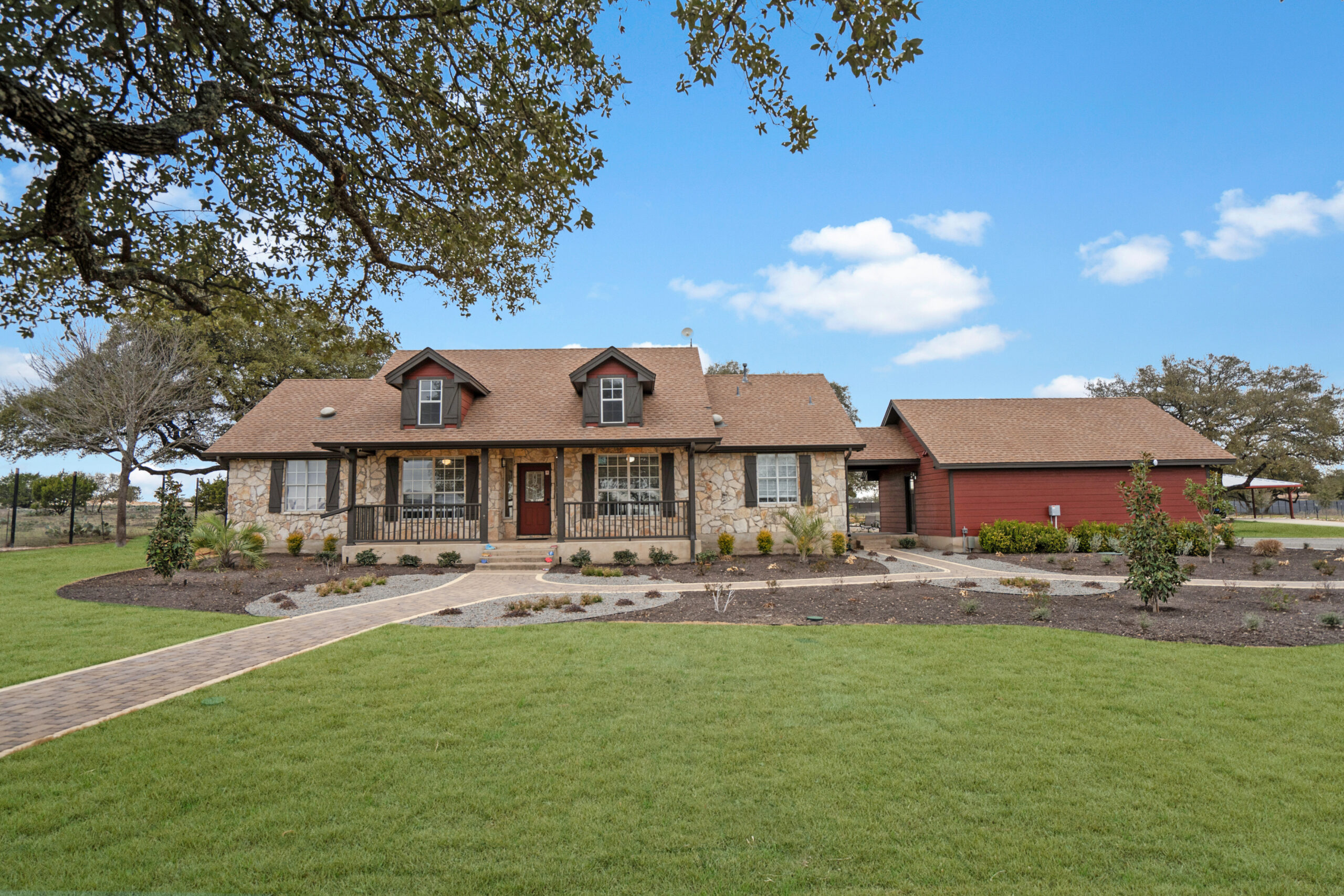Exploring Treatment Options for Schizophrenia
Schizophrenia treatment can be as varied as the individuals it affects. While no two treatment plans are identical, the best schizophrenia treatment centers often provide a blend of medication management, therapy, and alternative treatments like art or music therapy. These centers focus on creating a holistic approach, addressing not just the symptoms of schizophrenia but also the overall well-being of the patient.
Skyland Trail stands out as a notable name due to its comprehensive programs that cater to both young adults and older individuals dealing with chronic schizophrenia. Their structured schedule, which includes cognitive training and vocational services, is tailored to foster a sense of independence while effectively managing symptoms. This holistic approach is a hallmark of the best schizophrenia treatment centers.
Personal Insights from the Field
Having spent over two decades in mental health care, I’ve seen firsthand how individualized care makes a difference in treating schizophrenia. At Alta Loma, located just outside Austin, Texas, our approach emphasizes long-term stability through personalized care strategies. We believe that the best outcomes are achieved by treating not just the illness, but the person as a whole.
In our experience, integrating community and family support into treatment plans significantly aids recovery. This philosophy underpins the services offered by the best schizophrenia treatment centers, as they prioritize creating an environment where individuals can thrive beyond the confines of a clinical setting.
Unique Approaches in Schizophrenia Care
While traditional therapies form the backbone of treatment, the inclusion of alternative therapies is gaining ground. Skyland Trail, for instance, incorporates nature, art, and recreation therapy into their programs. These alternative therapies are designed to complement conventional treatments, helping patients to engage with their surroundings and rediscover joy in everyday activities.
Another noteworthy institution is the Menninger Clinic in Houston, which focuses on innovation in psychiatric care. They employ a team-based approach, collaborating with patients to tailor treatment plans that address both mental and physical health. This multidisciplinary focus is what sets apart the best schizophrenia treatment centers from their counterparts.
What to Look for in Treatment Centers
When choosing a treatment center, it’s crucial to evaluate several factors to ensure that it meets the specific needs of the patient. Here’s a handy list of what to consider:
- Comprehensive Care: Does the center offer a wide range of therapies, including medication, therapy, and alternative treatments?
- Experienced Staff: Are the clinicians experienced in handling schizophrenia, and do they provide continuous education?
- Environment: Does the center provide a welcoming and supportive environment conducive to healing?
- Aftercare Services: Are there programs in place to ensure continued support after discharge?
- Family Involvement: Does the center involve family in the treatment process?
An emergency regarding schizophrenia treatment centers typically involves situations where immediate intervention is necessary due to severe symptoms, such as acute psychosis or risk of harm to self or others. In such cases, it’s critical for the center to have protocols in place for rapid response and stabilization.
Here are the steps most centers follow:
- Initial assessment by a mental health professional to determine the level of care required.
- Immediate stabilization of the patient through medical or therapeutic means.
- Engagement with family or support system for further coordination of care.
- Development of a short-term treatment plan to manage symptoms effectively.
- Transition to a long-term treatment program once the emergency is under control.
What makes a schizophrenia treatment center effective in delivering holistic care?
At Alta Loma, we believe that effective care for schizophrenia extends beyond just treating symptoms. It involves a comprehensive approach that focuses on the individual’s entire well-being. By integrating therapies such as cognitive behavioral therapy and recreation therapy with medication management, we address root causes and promote long-term stability. To illustrate, imagine a patient who struggles not just with hallucinations but also with maintaining relationships due to their condition. Our approach would include sessions to enhance social skills and family integration, fundamentally transforming their daily interactions and increasing their quality of life. It’s about creating a balanced ecosystem where the patient thrives.
Why is family involvement crucial in schizophrenia treatment?
Involving family in schizophrenia treatment can be a game-changer. At Alta Loma, we’ve observed that family plays a crucial role in reinforcing the treatment objectives outside the clinical setting. For example, a resident’s progress in cognitive behavioral therapy can be bolstered when family members understand and support the coping strategies being taught. This creates a more supportive environment that nurtures recovery. Imagine a family learning to communicate effectively to reduce stressors at home, contributing significantly to the individual’s mental stability. Have you considered how family dynamics might affect your or a loved one’s treatment journey?
What impact do alternative therapies have on schizophrenia treatment outcomes?
Alternative therapies, like art or music therapy, play a pivotal role in enhancing treatment outcomes at Alta Loma. These therapies offer patients creative outlets to express emotions and manage stress. For instance, a resident might find that participating in music therapy helps regulate their emotions and provides a new sense of joy. This mindfulness approach not only supplements traditional treatment but also fosters personal growth and resilience. Have you ever tried an alternative therapy, and how did it change your perspective on healing?
What factors should be considered when choosing a schizophrenia treatment center?
Choosing the right treatment center is a critical decision. At Alta Loma, we recommend considering factors like the range of therapies offered, experience and qualifications of staff, and the center’s philosophy toward holistic care. It’s important to assess whether the center provides a nurturing environment and offers post-discharge support. Picture a scenario where a center’s environment doesn’t just treat symptoms but also encourages community integration and supports lifestyle changes. How do you envision the ideal environment for recovery?
What are some common misconceptions about schizophrenia treatment centers?
One common misconception is that treatment centers are one-size-fits-all facilities. At Alta Loma, we emphasize personalized care tailored to individual needs, challenging this stereotype. Each person’s experience with schizophrenia is unique, demanding a flexible approach. Another myth is that treatment centers are isolating. In reality, we focus on community integration and providing a supportive network that extends beyond the clinical walls. Could personal biases be affecting your view of treatment options?
How do treatment centers handle emergency situations?
Handling emergencies is crucial for any treatment center, and at Alta Loma, we have stringent protocols in place to ensure immediate and effective intervention. When a patient faces acute psychosis, our first step is a rapid assessment by a mental health professional followed by a stabilization plan. Imagine a scenario where a patient is at risk of self-harm–we engage their support system promptly and create a short-term treatment plan that transitions into long-term care once stabilized. This approach not only addresses immediate risks but establishes a foundation for ongoing recovery. How prepared do you feel to manage a mental health crisis?







